Understanding Facial Balancing
What is Facial Balancing?
Facial balancing is an innovative approach in aesthetic treatments aimed at achieving optimal harmony among the facial features. The concept revolves around the idea that balance, rather than strict symmetry, is essential for beauty. While symmetry is often associated with attractiveness, the natural variations that occur in the human face can actually enhance its character and charm. The goal of facial balancing is to emphasize and enhance the naturally appealing traits while minimizing any elements that may seem disproportionate.
This treatment not only enhances appearance but can greatly boost confidence. The procedure is becoming increasingly popular as individuals seek to refine their look. Whether it is through injectables or non-invasive techniques, facial balancing provides a pathway to self-improvement that aligns with personal aesthetic goals.
The Science Behind Facial Balancing
Facial balancing is grounded in the principles of aesthetics and personal biology. The human face is a complex structure made up of bones, muscles, and soft tissue, with a multitude of factors influencing its appearance. Research in aesthetic science emphasizes the golden ratio—a mathematical formula used by artists and architects for centuries—which suggests that specific proportions lead to perceived beauty. Understanding these scientific principles allows practitioners to create a personalized approach based on individual facial anatomy and aesthetics.
Moreover, advancements in imaging technologies and 3D modeling have equipped practitioners with tools to accurately assess facial proportions and predict outcomes of various treatments. This enables a tailored approach, enhancing the precision of the adjustments made during facial balancing procedures.
Benefits of Facial Balancing
The benefits of facial balancing extend beyond aesthetics. These procedures can lead to significant psychological improvements and emotional well-being. Some of the key benefits include:
- Enhanced Facial Harmony: One of the foremost advantages is achieving a more harmonious facial appearance. By addressing noticeable asymmetries and refining features, clients often describe a newfound sense of balance in their faces.
- Boosted Confidence: With a more appealing aesthetic, many individuals experience an increase in self-esteem. This boost in confidence can lead to better social interactions and an improved quality of life.
- Non-Invasive Options: Many techniques available for facial balancing are non-invasive or minimally invasive, reducing the risks associated with surgical procedures and allowing for less downtime.
- Customizable Treatments: Each treatment can be tailored to the individual’s needs, preferences, and facial structure, ensuring optimal results.
Techniques for Facial Balancing
Injectable Options for Facial Balancing
Injectable options are among the most popular methods for achieving facial balancing. These techniques include dermal fillers and neuromodulators, which work by either adding volume or relaxing facial muscles. Some commonly used injectables include:
- Dermal Fillers: Fillers such as hyaluronic acid can restore lost volume, enhance contours, and smooth out wrinkles. Common areas for treatment include the cheeks, lips, and chin. By strategically placing fillers, practitioners can enhance the facial structure, ensuring a balanced and attractive look.
- Botulinum Toxin (Botox): This neuromodulator works by relaxing specific muscles to reduce the appearance of wrinkles. By targeting areas that may create visual imbalance, such as the brow or forehead, Botox can significantly alter facial contours and enhance overall harmony.
Non-Invasive Methods of Facial Balancing
For those seeking a less aggressive approach to facial balance, non-invasive methods provide ample options. Here are some popular treatments:
- Facial Contouring Techniques: Treatments such as radiofrequency therapy or ultrasound can stimulate collagen production, resulting in tighter and firmer skin, thus creating a more youthful appearance.
- Skin Resurfacing: Techniques like chemical peels or laser treatments can improve skin texture and tone, enhancing the overall facial balance by addressing discoloration, scars, and uneven skin texture.
- Facial Exercises and Massage: Non-invasive techniques like facial yoga and specialized massage can naturally enhance muscle tone, promoting a healthier and more balanced appearance.
Choosing the Right Technique for You
When considering facial balancing, it is essential to choose the techniques that align with your specific goals and anatomy. Factors to consider include:
- Desired Outcomes: Clearly define what aspects of your facial appearance you wish to enhance or alter. Whether it is volumizing certain areas or reducing signs of aging, understanding your goals will guide your practitioner’s recommendations.
- Skin Type and Sensitivity: Discuss your skin type and any sensitivities with your practitioner. Different treatments may work better based on your skin’s characteristics and how it responds to various products.
- Health History: Your medical history and any current medications can influence the appropriate techniques for you. Make sure to provide your practitioner with a detailed health background for a tailored approach.
Common Issues and Solutions
Addressing Asymmetry in Facial Balancing
Facial asymmetry is a common issue many individuals face. While slight asymmetries are natural, significant imbalances can lead to dissatisfaction with one’s appearance. Here are some strategies for addressing these issues:
- Targeted Fillers: By applying fillers strategically, practitioners can correct volume discrepancies that contribute to asymmetry, enhancing symmetry where needed.
- Botulinum Toxin Adjustments: Botox can reshape features by managing muscle activity. By relaxing stronger muscles on one side of the face, balance can be achieved.
- Custom Treatment Plans: A comprehensive assessment should be conducted to identify specific facial imbalances and create a customized treatment plan that addresses unique concerns.
Managing Client Expectations for Facial Balancing
Clear communication is critical when it comes to managing client expectations for facial balancing. Here are some important points to discuss with clients:
- Realistic Outcomes: It is essential to underscore that while enhancements can be made, perfection is not attainable. Clients should understand that the goal is to achieve balance rather than complete symmetry.
- Treatment Limitations: Educating clients about the potential limitations of each technique can help manage expectations effectively, ensuring clients have a realistic understanding of what can be achieved.
- Aftercare Guidance: Providing clear aftercare instructions can help clients understand how to maintain results while being aware of any potential side effects or downtime.
Aftercare Tips Post-Facial Balancing
The aftercare period is crucial to ensure the best results from facial balancing treatments. Here are important tips to promote healing and effectiveness:
- Avoid Touching Treated Areas: Post-treatment, it is vital to avoid touching or manipulating the injected areas to prevent complications and ensure proper healing.
- Cold Compress: Applying a cold compress can help reduce swelling and bruising. It is an effective method for managing discomfort after injections.
- Follow-Up Appointments: Schedule necessary follow-up appointments with your practitioner to assess the results and make any adjustments if needed.
Current Trends in Facial Balancing
Innovative Tools for Facial Balancing
As technology advances, new tools and treatments are emerging in the field of facial balancing. These innovations are shaping the way practitioners approach aesthetic enhancements:
- 3D Imaging: 3D imaging technology allows for accurate visualization of facial structure and anticipated treatment outcomes, providing clients with a realistic expectation of results before any procedures are performed.
- Smart Injectors: These devices ensure precise placement of injectables, minimizing the risk of human error and enhancing client satisfaction by delivering consistent results.
- Biodegradable Fillers: Recent developments in filler technology have produced biodegradable options that ensure gradual, natural results while avoiding the need for excessive intervention.
Influence of Social Media on Facial Balancing Preferences
Social media platforms have profoundly influenced beauty standards and preferences, modifying how individuals approach facial balancing. For instance:
- Exposure to Trends: The relentless sharing of beauty content has made certain aesthetic ideals more prevalent. Viewers often seek to emulate these trends, influencing their desire for specific enhancements.
- Accessibility of Information: Social media provides abundant information on treatments. This democratization of knowledge empowers clients but also raises the importance of discerning quality sources.
- Client Feedback: Testimonials shared on social networks can shape perceptions of treatments, leading potential clients to be more proactive in exploring facial balancing options.
Future Directions in Facial Balancing Treatments
The future of facial balancing is promising, with advancements poised to enhance efficacy and accessibility:
- Personalized Treatments: The emergence of artificial intelligence and machine learning may allow for hyper-personalized treatment plans based on extensive data analysis of facial features.
- Holistic Approaches: There is a growing trend in addressing overall wellness as a component of beauty. Future practices may integrate nutritional advice and wellness strategies with aesthetic treatments.
- Greater Focus on Sustainability: As awareness of environmental issues grows, the beauty industry is likely to see an increase in demand for sustainable practices and products, influencing future facial balancing solutions.
FAQs about Facial Balancing
How Long Does Facial Balancing Last?
The longevity of facial balancing results can vary significantly based on the techniques used, individual metabolism, and lifestyle factors. For instance, dermal fillers typically last anywhere from six months to two years, while neuromodulator effects may last three to six months. Regular follow-ups and maintenance treatments can help prolong desirable outcomes.
Who is a Good Candidate for Facial Balancing?
Good candidates for facial balancing generally include individuals seeking to enhance their appearance and boost confidence, particularly those with noticeable asymmetries or a desire for subtle improvements. A thorough consultation with a qualified practitioner can determine individual suitability based on health history and aesthetic goals.
What to Expect During a Facial Balancing Session
During a facial balancing session, clients can expect a comprehensive consultation where their aesthetic goals are discussed in detail. Following this, the practitioner conducts an assessment of facial structure and skin health. The selected technique or combination of techniques is then employed, with the goal of achieving balance and enhanced beauty. The session duration can range from 30 minutes to several hours, depending on the complexity of the treatments involved.
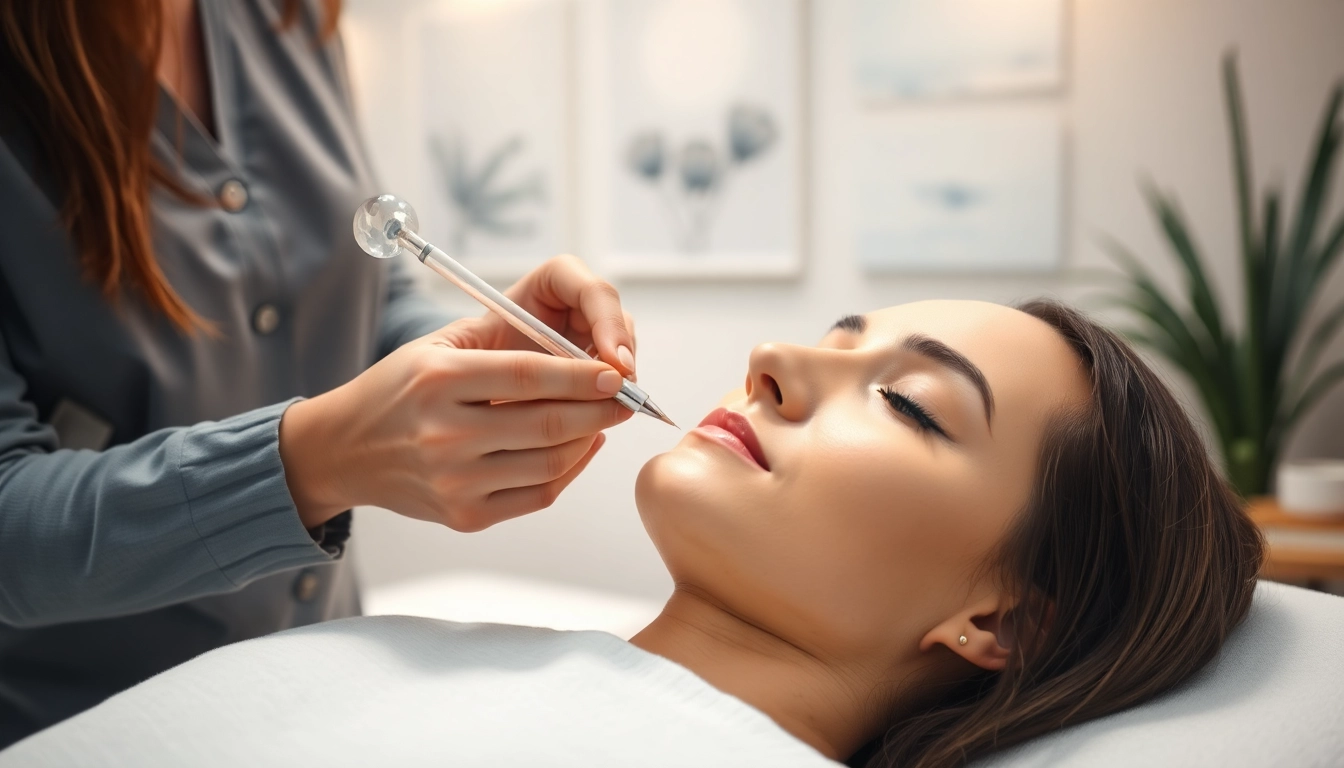


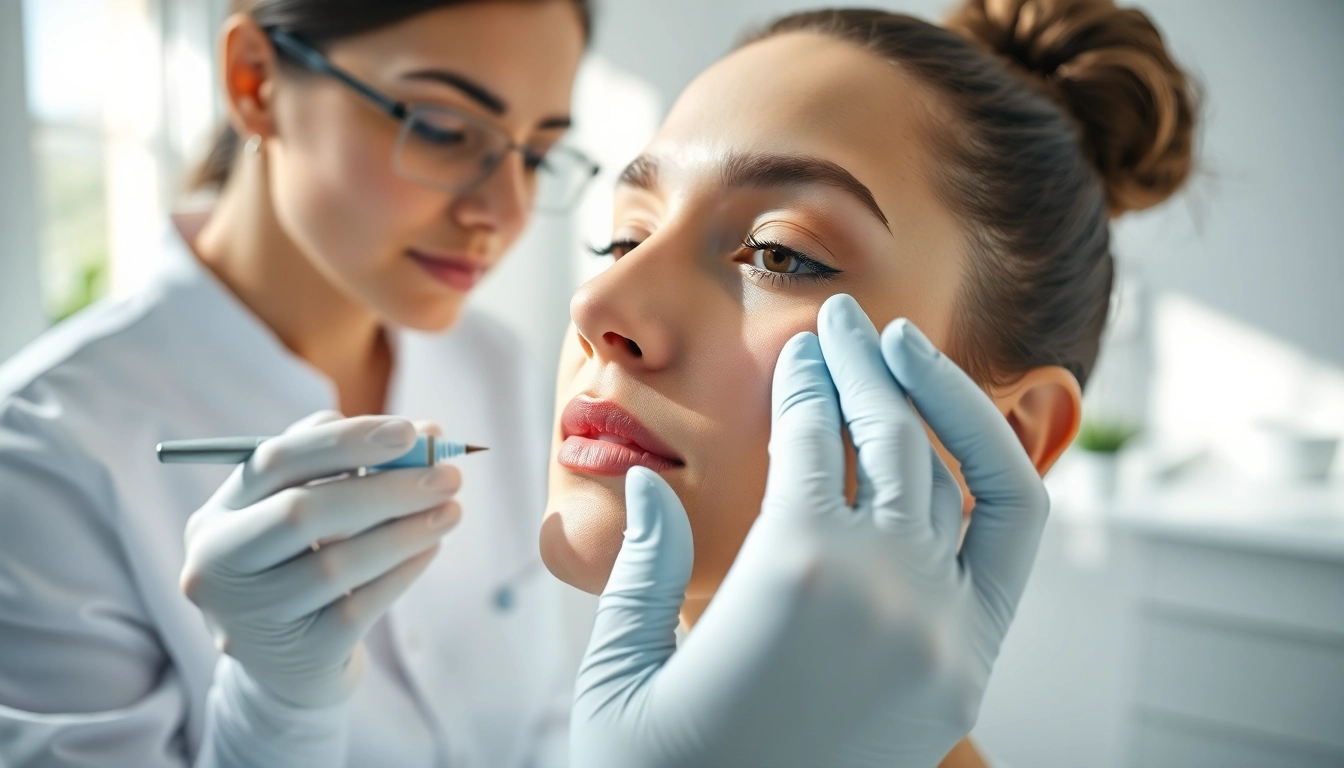




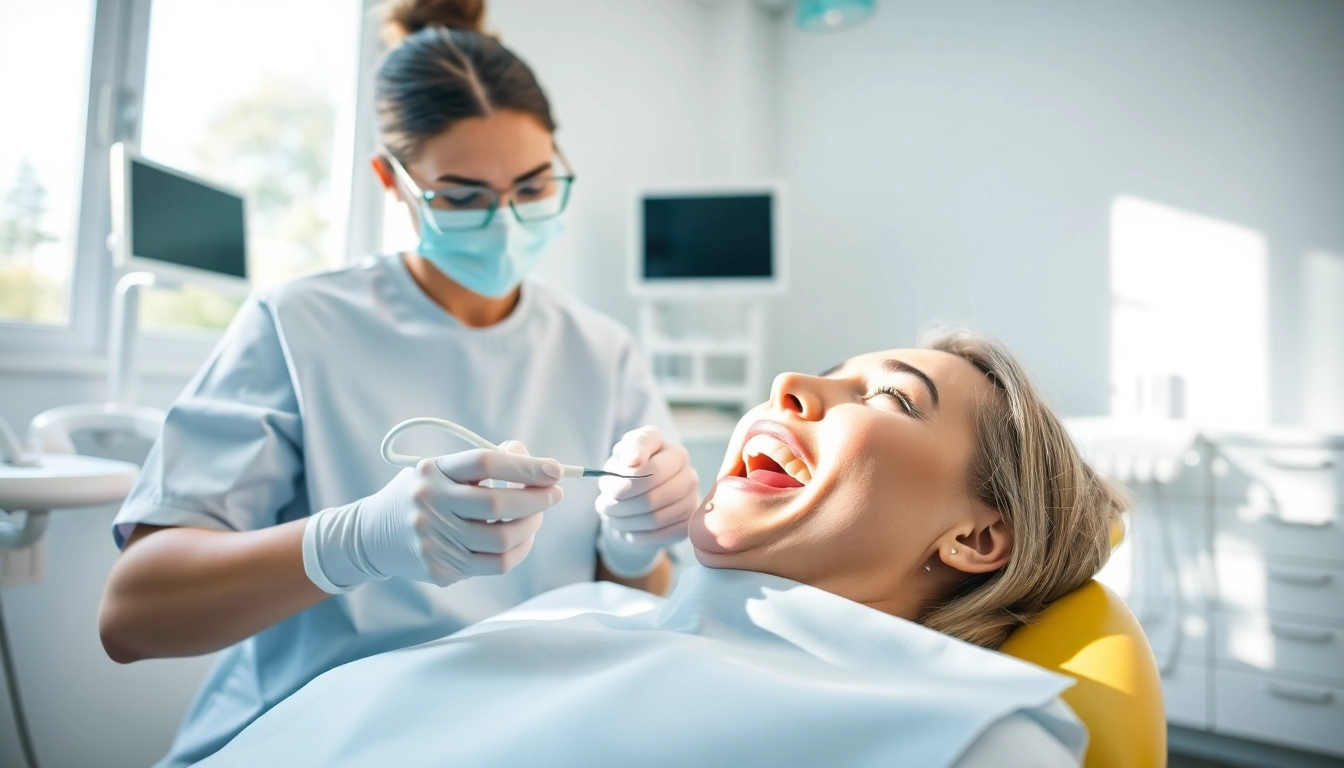

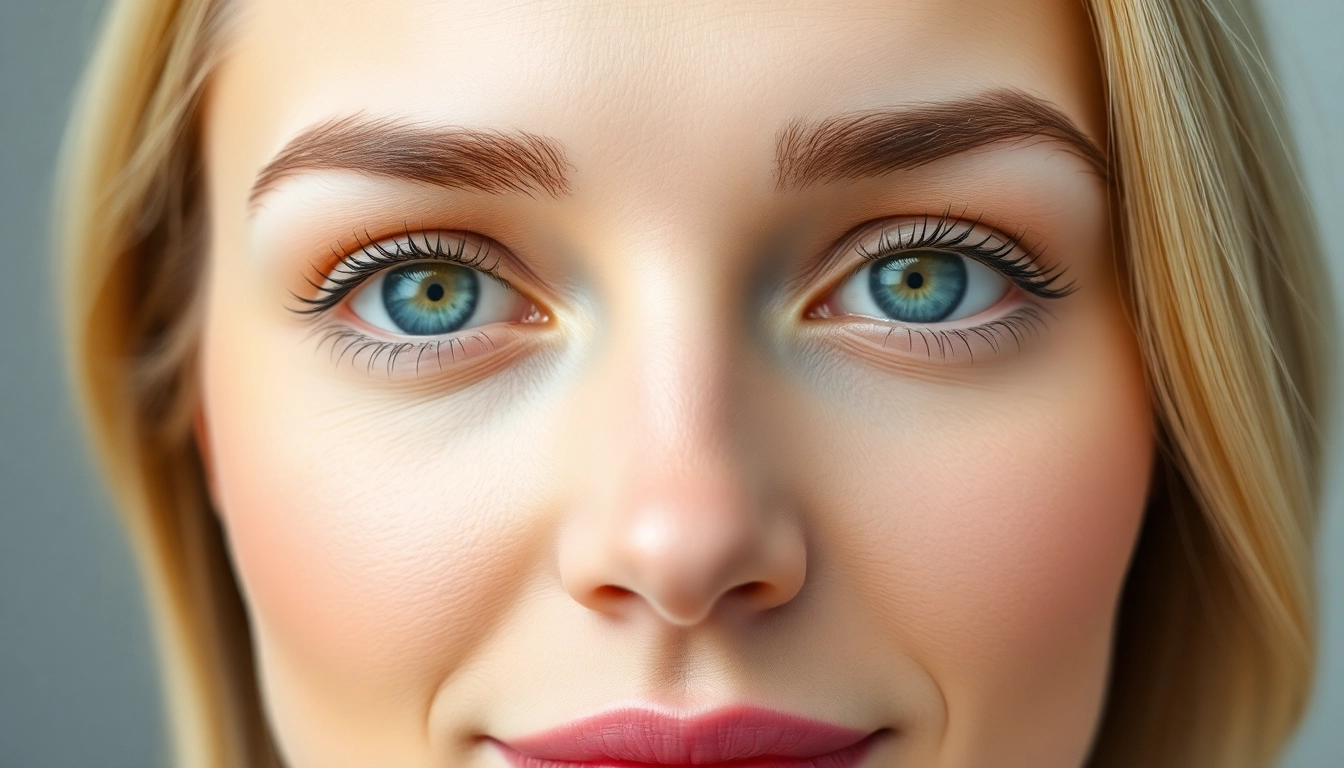


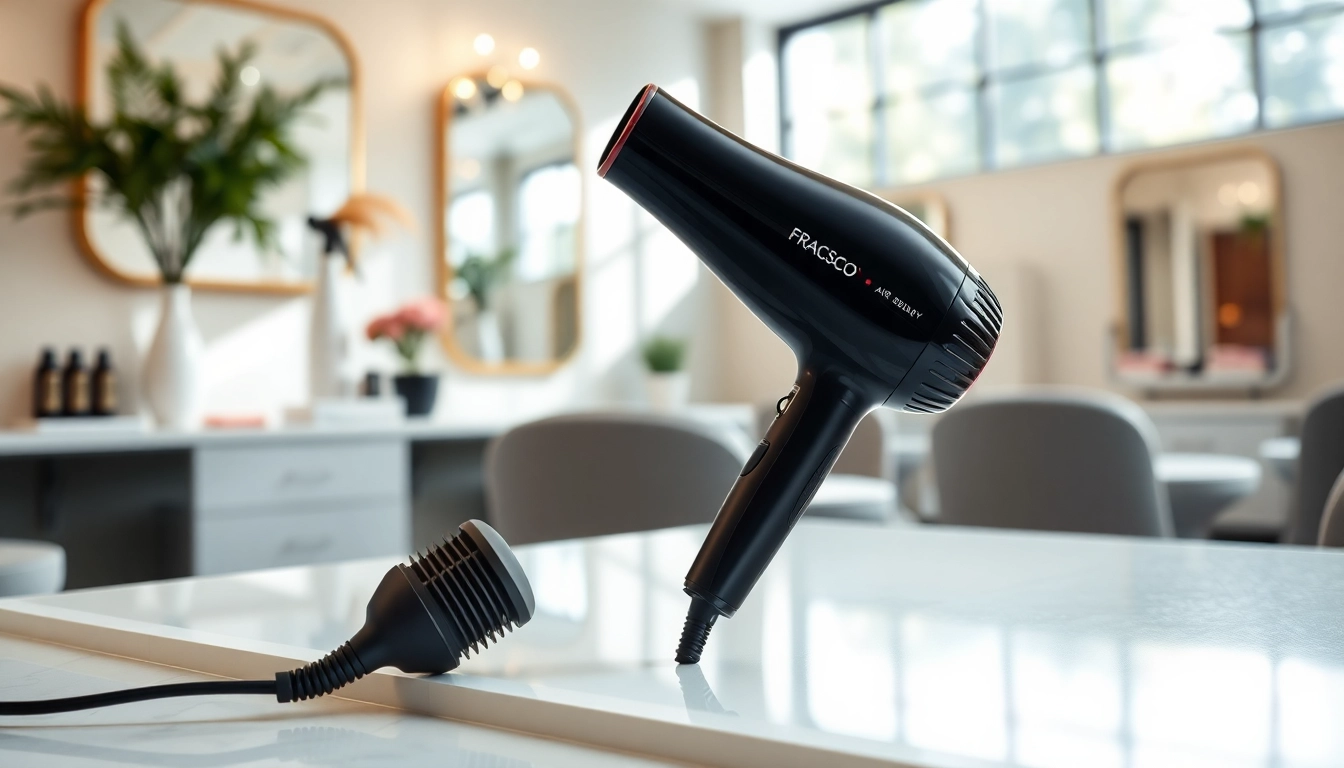

Leave a Reply